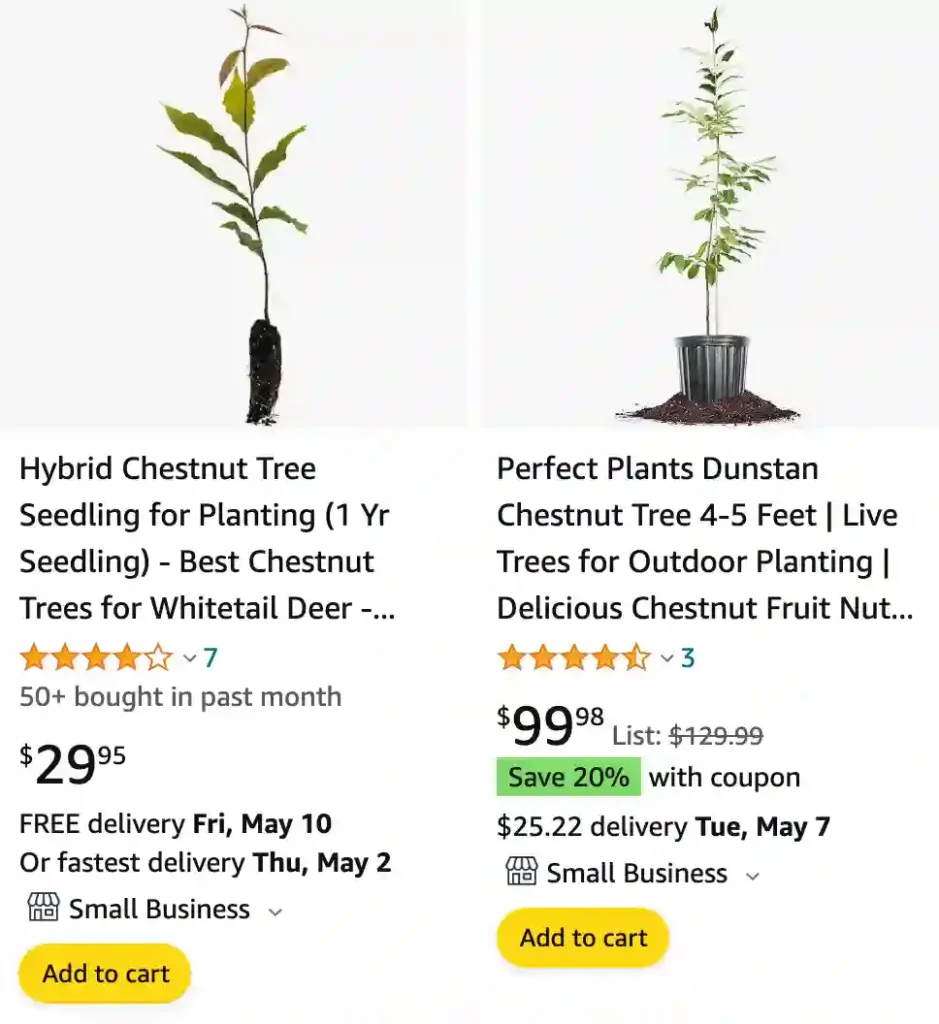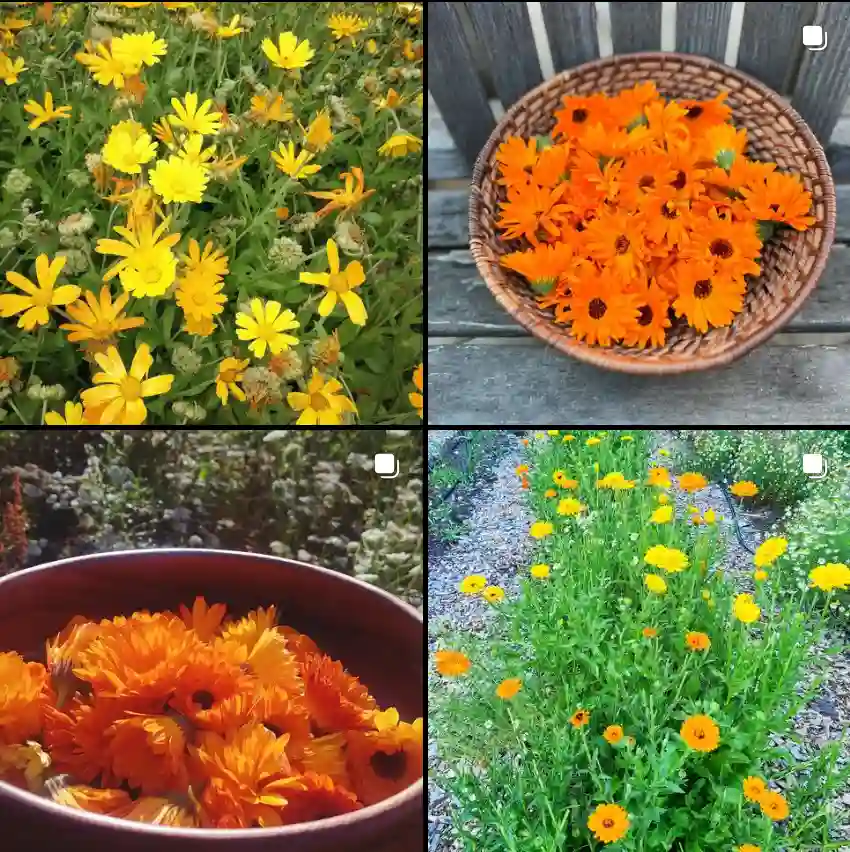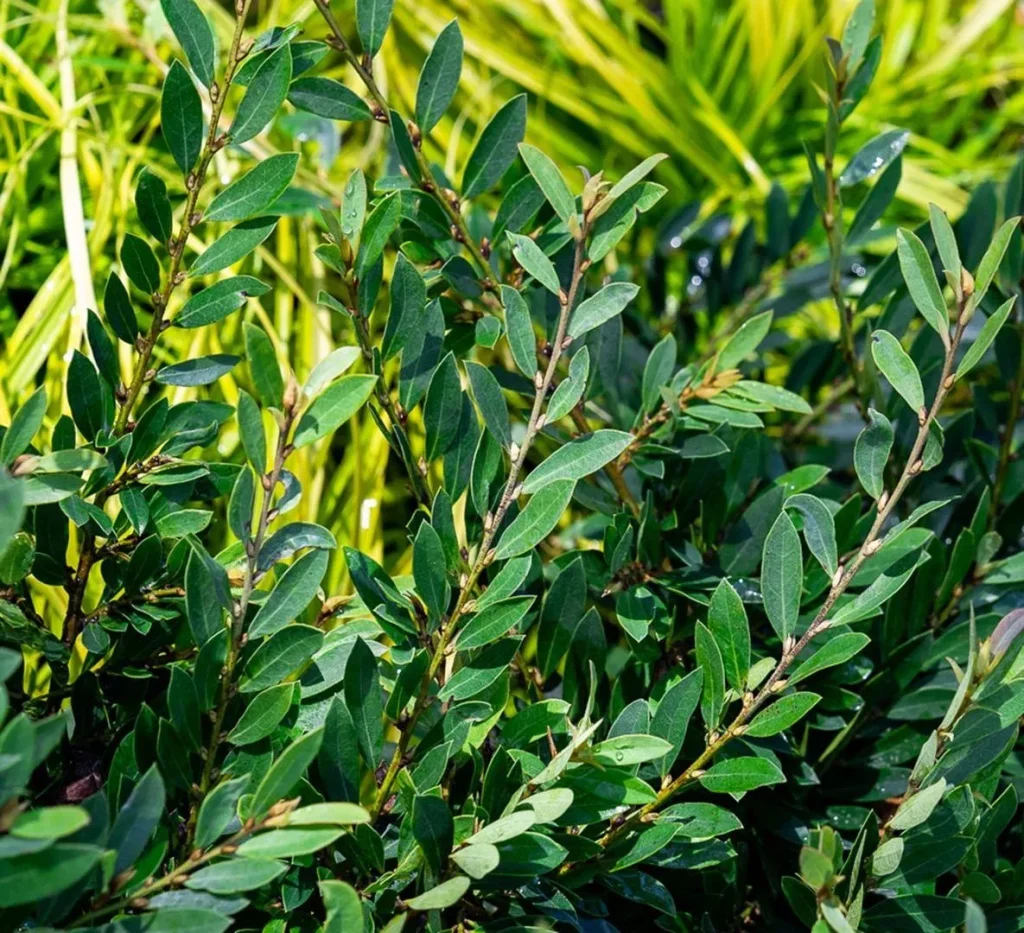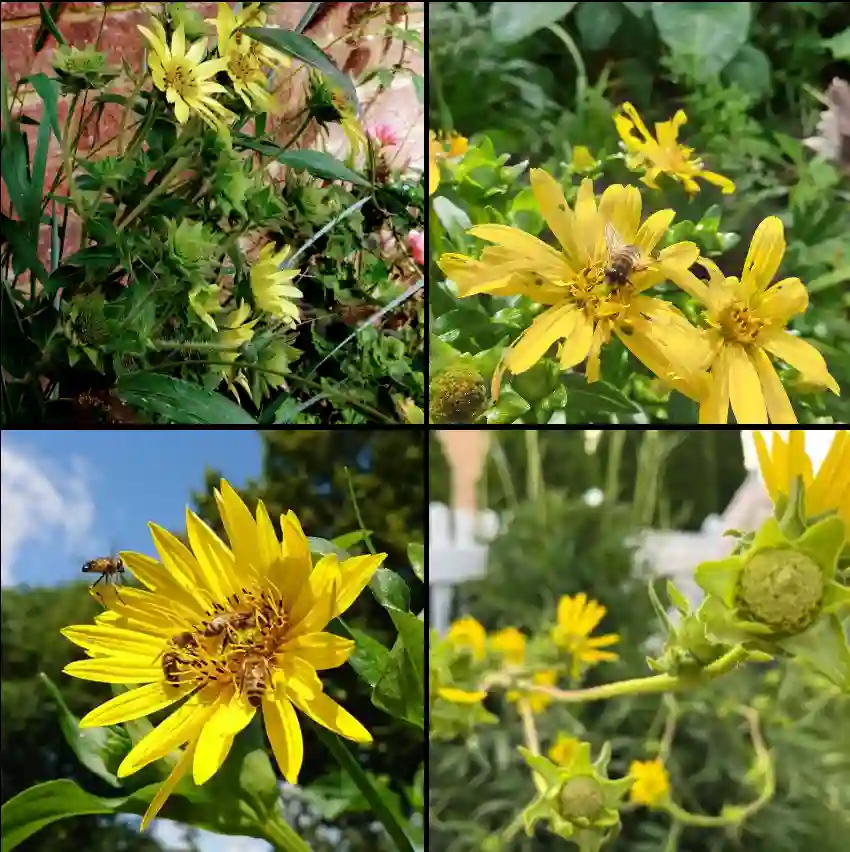
Are chestnuts tree nuts?
Yes, chestnuts are indeed tree nuts, but they’re a bit different from other tree nuts like almonds or walnuts. I remember the first time I cracked open a chestnut; it was during a winter trip to the countryside with my family. We found a chestnut tree laden with ripe nuts, and the experience of gathering them was so memorable. The outer shell was tough, but once cracked, the warm, tender nut inside was delicious. Since then, I’ve always associated chestnuts with cozy winter evenings and hearty recipes. They’re such a unique treat compared to other nuts, and they definitely add a special touch to seasonal dishes.
What does chestnut tree look like?
Chestnut trees have a distinctive appearance that’s quite recognizable once you know what to look for. I remember noticing them during hikes in the forest, their tall, sturdy trunks reaching up toward the sky. The leaves are elongated and pointed, with serrated edges, and they turn a beautiful golden hue in the fall before gracefully falling to the ground. The branches spread out widely, providing ample shade, and in the spring, they bear clusters of creamy-white flowers that add a touch of elegance to the landscape. It’s fascinating to see how the tree transforms throughout the seasons, each stage holding its own unique charm.
How to grow a chestnut tree from seed?
Growing a chestnut tree from seed can be a rewarding experience, though it does require patience and attention. I’ve tried it myself a couple of times, and it’s always exciting to see the little saplings emerge from the soil. To start, I gather fresh chestnuts in the fall, making sure they’re from healthy trees and haven’t been damaged. Then, I soak them in water for a day or two to soften the outer shell and improve germination. After that, I plant them in pots filled with rich, well-draining soil, burying them about an inch deep. I keep the soil consistently moist and place the pots in a sunny spot, ensuring they get plenty of light. It can take a few weeks to a few months for the seeds to sprout, but once they do, I make sure to transplant them into larger containers as they grow. It’s a journey watching them develop into sturdy young trees, knowing that one day they’ll provide shade, beauty, and perhaps even a harvest of their own.
Where do chestnut trees grow?
Chestnut trees are native to the temperate regions of the Northern Hemisphere, and they thrive in areas with mild climates and well-drained soil. I’ve seen them growing in various parts of the world, from Europe to Asia and North America. In Europe, they’re often found in countries like Italy, France, and Spain, where they’ve been cultivated for centuries for their delicious nuts. In North America, they’re particularly common in the eastern United States, where they’re cherished for both their aesthetic beauty and their culinary value. Chestnut trees prefer full sun but can tolerate partial shade, and they typically grow well in valleys, hillsides, and forested areas. They’re such majestic trees, and it’s always a delight to come across them in their natural habitat.
How fast do chestnut trees grow?
Chestnut trees are known for their relatively fast growth compared to other tree species, which is one of the reasons they’re valued for timber production and landscaping. From personal observation and research, I’ve found that under optimal conditions, chestnut trees can grow around 2 to 3 feet per year when they’re young and establishing themselves. However, growth rates can vary depending on factors like soil quality, climate, and access to water and sunlight. As the tree matures, its growth rate may slow down, but it still maintains a steady upward growth. It’s quite remarkable to witness their growth over the years, especially when you’ve been nurturing them from a young sapling.
Is chestnut a tree nut allergy?
Yes, chestnuts are considered tree nuts, and they can trigger allergic reactions in some individuals who are allergic to tree nuts. From my own experiences, I’ve known people who have to be careful with chestnuts due to their tree nut allergies. It’s important for those with allergies to tree nuts to avoid chestnuts and products containing them to prevent potentially serious allergic reactions. While chestnuts are not as common in some regions as other tree nuts like almonds or walnuts, they’re still included in many recipes and dishes, especially during the holiday season. As with any food allergy, it’s crucial to read labels carefully and communicate with food preparers to avoid accidental exposure.
When to plant chestnut trees?
The best time to plant chestnut trees is typically in the late fall or early winter, after the tree has gone dormant for the season. From personal experience and research, I’ve found that planting during this time allows the tree to establish its root system before the growing season begins in the spring. The cooler temperatures and increased moisture during fall and winter help the tree settle into its new environment and promote root growth. However, it’s essential to consider the climate and local conditions when determining the ideal planting time. In regions with harsh winters, it may be better to wait until early spring to plant chestnut trees to avoid potential frost damage to young saplings. Overall, planting chestnut trees during the dormant season gives them the best chance of thriving in their new home.
How far apart to plant chestnut trees?
When planting chestnut trees, spacing is crucial to ensure proper growth and development. From my own gardening experiences and research, I’ve learned that chestnut trees should be planted at least 25 to 40 feet apart, depending on the variety and the desired spacing method. This distance allows each tree ample room to spread its roots and canopy as it matures, reducing competition for water, nutrients, and sunlight. Additionally, wider spacing facilitates airflow around the trees, which can help prevent diseases and promote overall tree health. It’s important to consider the ultimate size of the mature trees when planning the spacing to avoid overcrowding and ensure a healthy orchard or woodland ecosystem in the long run.
Where can i buy chestnut trees?
You can buy chestnut trees from various sources, depending on your location and preferences. One option is to visit local nurseries or garden centers that specialize in fruit and nut trees. They often carry a selection of chestnut tree varieties suitable for your climate and soil conditions. Another option is to order chestnut trees online from reputable nurseries or tree farms. Many websites offer a wide range of chestnut tree cultivars and rootstock options, allowing you to choose the best fit for your needs. Additionally, you might find chestnut trees available for sale at agricultural fairs, farmers’ markets, or plant sales hosted by gardening clubs or conservation organizations. Regardless of where you purchase them, be sure to buy from a trusted source that provides healthy, well-established trees to ensure success in your chestnut-growing endeavors.
How many pounds of chestnuts per tree?
The amount of chestnuts produced by a single tree can vary widely depending on factors such as the tree’s age, health, variety, growing conditions, and management practices. From my own observations and research, mature chestnut trees can yield anywhere from 50 to 200 pounds of nuts per tree in a good year. However, it’s important to note that chestnut production tends to be cyclical, with some years producing abundant harvests and others yielding fewer nuts. Additionally, certain varieties of chestnut trees may bear larger or smaller crops compared to others. Proper care, including pruning, fertilizing, and pest management, can help maximize nut production and ensure consistent yields over time.
If i die, water my plants!



